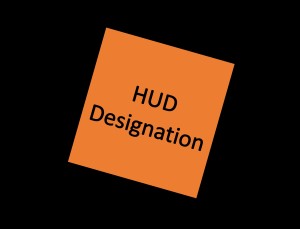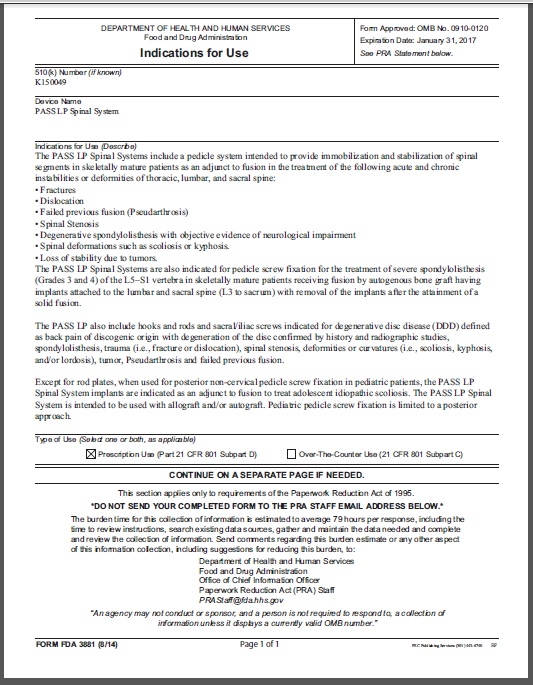5 Alternatives When You Can’t Find a Predicate Device
This article summarizes five alternatives that medical device manufacturers have for regulatory approval in the US when a 510k submission predicate device cannot be identified.

The premise behind the FDA 510k regulation is that your new device is substantially equivalent to another device (i.e., predicate device) that is already on the market. Therefore, you only need to submit a premarket notification to the FDA instead of a premarket approval (PMA) submission. Most 510k submissions reference a similar device manufactured by a competitor, but what do you do when you can’t find a predicate device?
Your 5 Options if you cannot identify a 510(k) predicate device
- Conduct a Clinical Study and Prepare a PMA Submission = $$$ + 2 years min.
- Prepare a De Novo Submission = avg. review time was 307 days in 2019
- Submit a 510k with Your Best, Poor Choice & Expect One of Two Responses: Refusal to Accept (RTA) or Not Substantially Equivalent (NSE)
- Request a Pre-Sub Meeting with the FDA = 60-day Delay at the front of Project
- Submit a 513(g) Request to the FDA = $ + 60-day Delay at Front of Project
Option 1 – Clinical Study & PMA preparation
If you cannot identify a predicate device, you may need to conduct a clinical study to demonstrate that your new device is safe and efficient. Some devices even require an investigational device exemption (IDE) approval from the FDA if the risks of the device are significant. If your device presents significant risks, likely, the De Novo process (Option #2 below) will not be an option, and the device will be considered a Class III device by the FDA. In this case, the fastest pathway to regulatory approval is a modular PMA submission. The minimum timeline for this type of submission is typically two years, and the FDA user fee for a PMA submission is very high–unless you are a start-up company and this is your first product. The following FDA webpage summarizes the process for a modular PMA.
Option 2 – De Novo Classification Request if there is no predicate device
Originally the De Novo process was created with IVD products in mind where the technological characteristics are nearly identical between the two devices. Still, the intended use is different (i.e., the device is used to diagnose a different disease). The problem with the original process is that you had to submit a 510k and have it rejected before you were allowed to submit a De Novo application. Now the De Novo process allows two pathways. A company can submit a 510k, have it rejected with a “not substantially equivalent” (NSE) letter, and then submit a De Novo application. The new option allows a company to skip the initial 510k submission and submit a De Novo application first. This extends the decision time from 90 days to 120 days, but the previous option took even longer. We recorded a webinar on the De Novo Classification Request Process in 2019. The FDA also recently updated the De Novo webpage to summarize the regulations related to the De Novo new final rule. The following FDA webpage summarizes all the De Novo Classification Requests recently granted.
Option 3 – Submit a 510k with whatever device you found
This is probably not your best approach, but sometimes it’s worth a shot to see what the FDA will say instead of waiting to schedule a pre-submission meeting, and this approach doesn’t eliminate option #2. There are two likely outcomes from this approach. First, the reviewer screening your 510k submission during the 15-day, refusal to accept (RTA) process will determine that you have not selected a suitable predicate device, and you will receive an RTA letter. In this case, you have an answer in just 15 days. You should never accept your first RTA letter. You should make the requested changes the reviewer indicates and re-submit. The FDA’s goal is to have all submissions make it through the RTA process on the second try. Therefore, you might have more success on the second try with another predicate or just by fixing other problems the reviewer identified.
The other possible outcome of this approach is that you will make it through the RTA process, but your submission will be determined to be NSE. In this case, you will receive an NSE letter from the FDA, and it will suggest options–typically a PMA or a De Novo submission. If a De Novo submission is a good option, it will be stated in the letter.
Option 4 – Request a pre-sub meeting to discuss a potential predicate device
If you are not able to identify a suitable predicate, you might consider preparing a classification rationale and selecting a potential predicate. Then this information can be summarized in a pre-submission meeting request to the FDA. The FDA will respond within 75-90 days from your submission. If you are still developing your device and you have not started any performance testing, then this option may be your best approach. I recently recorded a webinar on pre-submission meeting requests.
The webinar includes specific dos and don’ts for pre-submission meetings. There is also final guidance for the pre-submission program that was released last year on February 18, 2014. The FDA pre-submission guidance document was updated again on January 6, 2021, and we recorded a webinar on pre-submission meeting requests.
Option 5 – Submit a 513(g) application to identify the regulatory pathway
When a company has difficulty identifying a 510k submission predicate device, the FDA recommendation is to submit a 513(g) application. As I indicated in a past blog, the 513(g) process may not be your best choice for two reasons. First, the 513(g) process takes 60 days before the FDA responds. Second, the 513(g) process has a user fee that is higher than hiring a consultant to do the same research. Since the FDA 513(g) response is “non-binding,” the FDA’s opinion doesn’t necessarily hold any more weight than an experienced consultant. Therefore, paying a consultant to do the research and then requesting a pre-sub meeting is probably a better approach, but the timeline for a 513(g) submission is slightly shorter.
Do you still have questions about 510(k) predicates?
Rob Packard recorded an updated webinar on the topic of predicate selection. If you are interested in this topic, please register for the webinar. The updated webinar was recorded on March 28, 2022.
5 Alternatives When You Can’t Find a Predicate Device Read More »
















